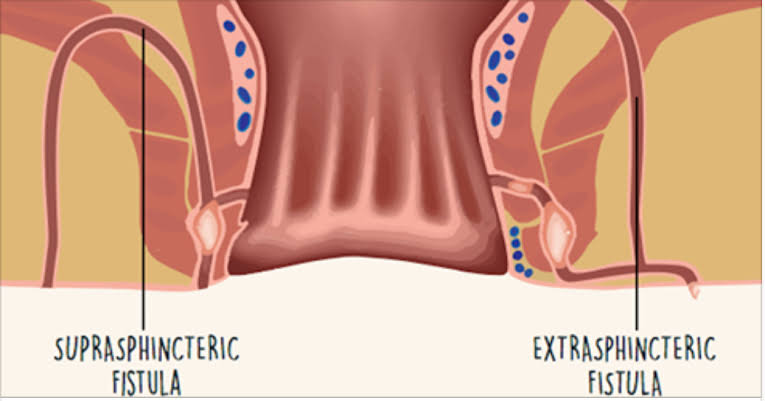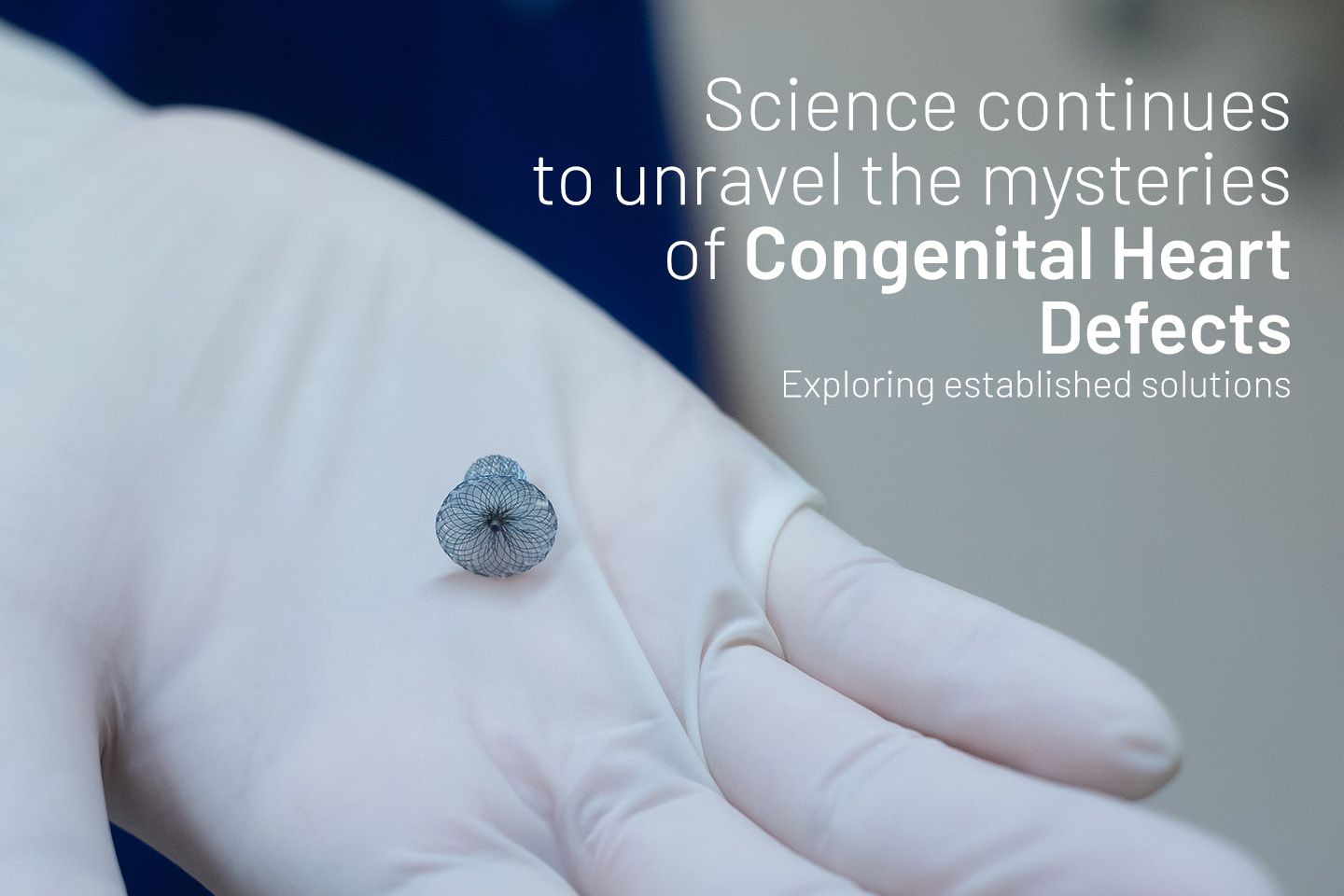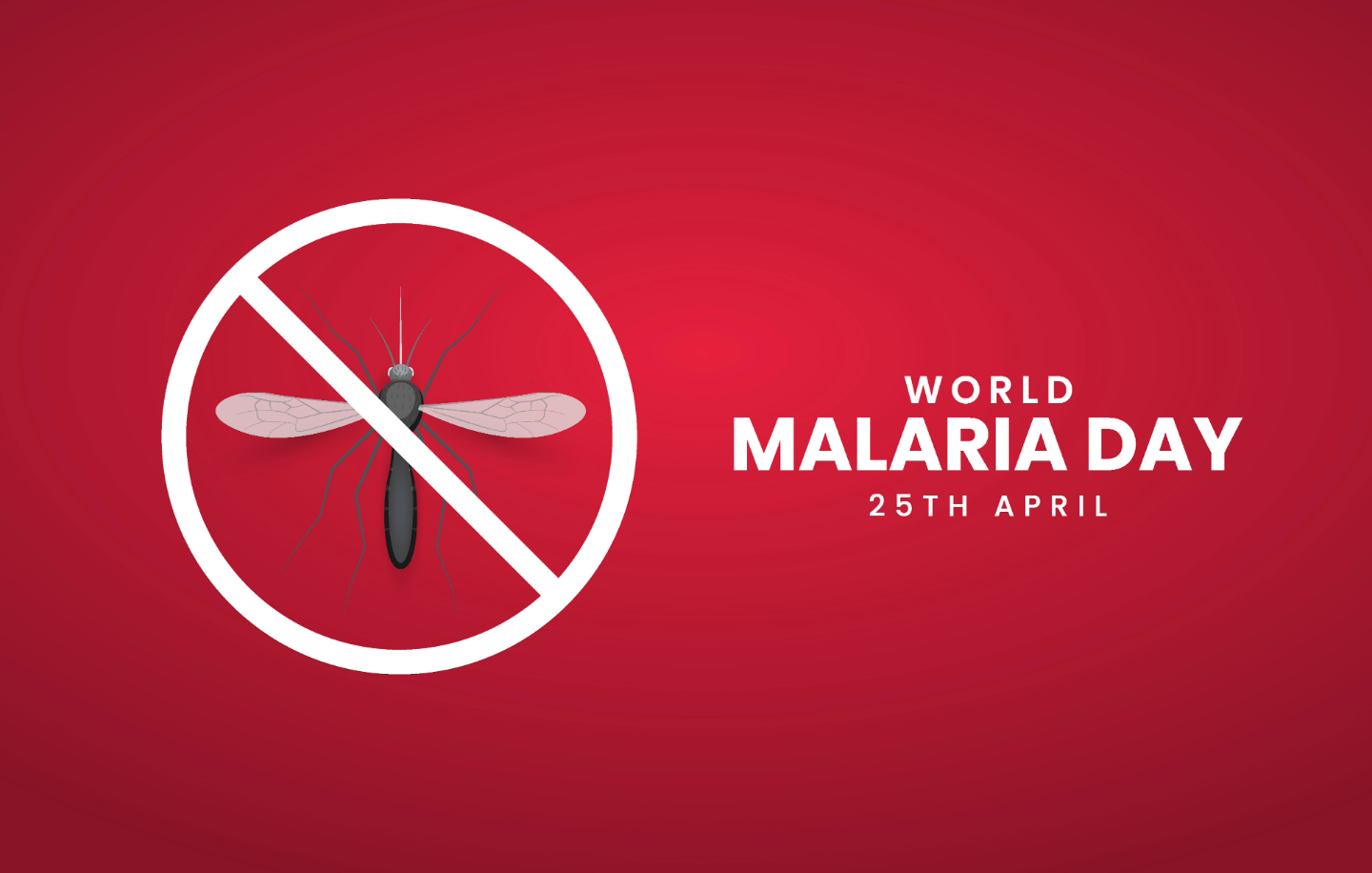Medical Devices
The 3 Most common types of Fistula

Fistulotomy is one of the most commonly used surgical procedures to treat fistulas. What are fistulas, you may ask. Well, sometimes, two organs of your body may form a connection that could lead to growth of pockets of abscess. This growth is abnormal and is called a fistula. Fistulas can occur in any part of the body.
Unlike fistulectomy, which involves a surgical procedure to remove the abnormal growth or fistula, fistulotomy usually involves opening and draining the pockets.
Fistulas and fistulotomy may sound nasty and concerning, there are actually nothing to be worried about. In fact fistulotomy is a minor outpatient surgery and you can be on your way home the same day of your surgery.
Before we delve into fistulotomy procedure, let’s understand what causes a fistula to grow.
What is fistula?
In simple words, a fistula refers to an abnormal connection between any two surfaces. It could mean a connection between organs, blood vessels or even tracts. Such abnormal connections may occur naturally or as a result of injury or surgery.
A fistula can develop at any part of the body but the most common ones are found around the anus. There are several stages of fistulas that can grow on the human body.
A complete fistula is when a pocket with two opening is created over time. This pocket can be filled with abscess or pus. An incomplete fistula has only one external opening. A blind fistula is open on one side and closed on the other. Left untreated, incomplete and blind fistulas can grow into complete fistulas.
What causes fistula
There are various causes of fistula formation on the human body. As discussed earlier some may form naturally and some could be an impact of injury or surgery.
The most common form of fistula – anal fistula—can occur naturally with time. Sometimes a fistula can form between the intestine and the vagina. This, too, is natural.
However, those suffering from gastrointestinal diseases such as Chron’s disease, colitis and irritable bowel diseases are likely to develop fistula near the anus. Women, too, may have fistula growth between the anus and the vagina after childbirth.
Types of fistula
We‘ve already learned that anal fistulas are the most commonly found ones. However, there are a range of other fistulas that you should know about:
- Anal: Fistula growth around the anus can be of three types. When a fistula forms between the anal canal and the skin around the anal opening, it is called anorectal fistula. When a hole develops between the rectum or anus and the vagina, it is called rectovaginal or anovaginal fistula. Sometimes a fistula may occur between the colon and vagina. This is called colovaginal fistula.
- Intestines: When a fistula forms between two parts of an intestine, it is called enteroenteric fistula. Sometimes a fistula may occur between the small intestine and the skin or the colon and the skin, too.
- Urinary tract: Fistula can occur between the urinary bladder and the uterus, too. Sometimes a hole may develop between the urinary bladder and the vagina, and sometimes between the urethra and the vagina.
Symptoms of fistula – when should you see a doctor
The signs and symptoms of a fistula essentially depend on the part of the body that is affected.
The following are the symptoms of anal fistula
- Skin irritation and redness around the anus
- Growing pains around the anal region, which gets worse upon sitting, walking or coughing
- Fever associated with chills
- Painful bowel movement and rectal bleeding
- Foul smell from the anus
- Fatigue
The symptoms of intestinal fitsulas include:
- Abdominal pain or pain in the area between the genitals and anus
- Recurrent urinary tract infections
- Severe gas or diarrheoa
- Passage of stool or intestinal gas in the stomach, bladder or vagina
- Weight loss
The symptoms of urinary tract fitsulas are:
- Pain while passing urine
- Frequent urination
- Smelly and cloudy urine
- Muddy coloured urine
- Passing wind or stools while uriating
What is fistulotomy
Depending on the severity of the fistula, your doctor may decide to treat you with prescription medicines or surgery. While medicines are usually administered to control infections in the fistula, fistulotomy is the most effective way of treating a fistula.
Fistulotomy procedure involves cutting the fistula open to drain its contents. Once drained, it is allowed to heal on its own. Depending on how big the fistula is, the doctor will determine the degree of the fistulotomy.
As part of the fistulotomy procedure, your doctor will make an incision to cut the fistula open. If there is an infection or if the fistula growth is leaking of pus or blood, you will need medication to treat the infection, in addition to the fistulotomy.
What to expect during fistulotomy
If you are scheduled for a fistulotomy, there’s very little to be worried about. The fistulotomy procedure is conducted under anaesthesia to ease the pain. You may, however, feel slight pain in the area where fistulotomy was performed once the anaesthesia wears off.
Depending on how severe your fistula was, you may even be discharged from the hospital the same day. Fistulotomy recovery is a very crucial step to ensure that your heal properly.
Follow the doctor’s instructions on diet, exercise and other strenuous activities.
Conclusion
A fistula can be messy business. If left untreated, fistulas tend to get infected or leak pus and blood. They can lead to serious health hazards if not treated in time.
If you have an icky fistula that you want taken care of, seek immediate medical attention. Medication can only help control the infection. For a more efficient way of treating a fistula, fistulotomy is the answer. It is not as invasive as a major surgery and it will do just as much good a job in treating the fistula.





